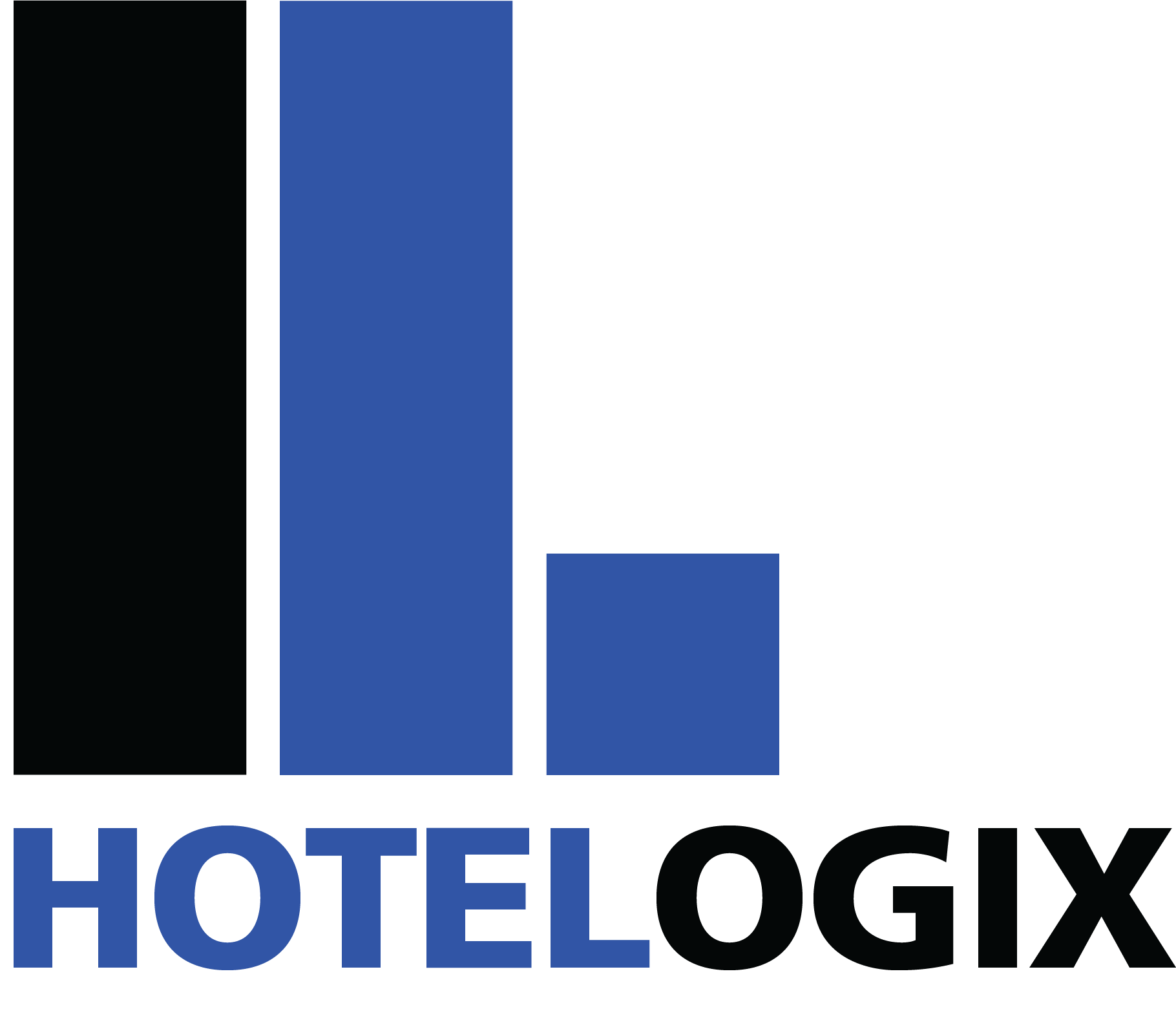To thrive in the unpredictable business environment is no mean feat. The dynamic nature of things makes it imperative for entrepreneurs to keep a constant check on their performance and to measure themselves against well-established indicators of success. So, whether it is assessing yourself through a RevPAR formula or scoring yourself as an ADR hotel, you may have often wondered if these are enough and what those key performance metrics are that you must weigh your business on. To unburden you of your worries, we have put together a list of those important parameters you must adopt to quantify your success accurately. Include these hotel industry KPIs today and see a definite growth.
1. Total Available Rooms:
To plan your inventory properly and to ensure that the right number of bookings are taken, it is important to have a clear idea about the number of total available rooms.
You can calculate the capacity in the system of hotels by multiplying the number of rooms available with the number of days in a particular period. For example, a 100 room hotel property which has only 90 rooms operating, would need to take 90 as the base for applying a RevPAR formula.
2. Average Daily Rate (ADR):
Average daily rate can be used to calculate the average rate at which occupied rooms are booked and is immensely useful to identify performance over time by drawing a comparison between the current and previous periods or seasons. Keeping an eye on your competitors and juxtaposing their performance against yourself as an ADR hotel can also be done with the help of this metric.
Dividing the total room revenue by total rooms occupied can give you a figure for your hotel’s ADR, though the ADR formula does not account for unsold or empty rooms. This means that it may not provide a holistic picture of your property’s performance, but as an ongoing performance metric, it works well in isolation.
3. Revenue Per Available Room (RevPAR)
RevPAR will help you measure the revenue generated over a period of time, just through room bookings in a hotel. It is also beneficial in predicting the average rate at which available rooms are being let out by your hotel, thereby providing a valuable understanding of your hotel’s operations.
There are two methods of using the RevPAR formula i.e. either, divide total room revenue by total rooms available or multiply your ADR by the occupancy percentage.
4. Average Occupancy Rate / Occupancy (OCC)
A simple explanation of Average hotel occupancy is the figure obtained by dividing the number of occupied rooms in totality with the number of rooms available. To keep a consistent check on your hotel’s performance, you can analyse its occupancy rate on a daily, weekly, yearly or monthly basis.
A regular practise of this kind of tracking enables you to see how well your business is performing over the course of a season or through a period of a few months and identify how your marketing and advertising efforts are affecting hotel occupancy levels.
5. Average Length of Stay (LOS)
The average length of stay of your guests measures the profitability of your business. By dividing your total of occupied room nights by the number of bookings, this metric can give you a realistic estimate of your earnings.
A longer LOS is considered better compared to a shorter length, which means reduced profitability due to increased labour costs arising from room turnovers between guests.
6. Market Penetration Index (MPI)
Market Penetration Index as a metric compares your hotel’s occupancy rate to that of your competitors in the market and provides an encompassing view of your property’s position therein.
Dividing your hotel’s occupancy rate by those offered by your top competitors and multiplying by 100 would give you your hotel’s MPI. This metric gives you an overview of your standing in the market and let’s you tweak your marketing efforts to entice prospects to book with your property, instead of your rivals.
7. Gross Operating Profit Per Available Room (GOP PAR)
GOP PAR can accurately indicate your hotel’s success. It measures performance across all revenue streams, not just rooms. It identifies those parts of the hotel which are bringing in the most revenue and also throws light on the operational costs incurred in order to do so.
Dividing Gross Operating Profit by rooms available can give you your GOP PAR figure.
8. Cost Per Occupied Room – (CPOR)
The Cost Per Occupied Room metric allows you to determine the efficiency of your property, per room sold. It helps in weighing your profitability, by taking into consideration your property’s both fixed and variable expenses.
The figure derived by dividing the gross operating profit by total rooms available is what CPOR is. You can get the Gross Operating Profit by deducting the net sales from the cost of goods sold and by further subtracting it from the operating expenses which includes administrative, selling or general costs.
Metrics to measure your hotel’s performance may be plenty; but it could get cumbersome to tackle huge amounts of data, spread over an expanse of time to finally derive actionable insights. In such a context, a Property Management System (PMS) like Hotelogix can help you save valuable amounts of time and effort.
Hotelogix PMS can assist you to streamline your daily operations and improve overall efficiency, as it is equipped with next-gen capabilities to do so. In addition to that, it can aid you with over 100 hotel management system reports which would help you understand your hotel’s performance and growth. These reports, ranging in value from analytical to operational to strategic, can give you the support needed for in-depth evaluations of your hotel’s performance in the past, to let you plan your future strategies with ease.
Conclusion:
To find solutions to problems, knowledge about their potential threat is key. These KPIs for the hotel industry will equip you with that knowledge and lead you on to the path to success. Remember, from RevPAR to ADR, there is immense amounts of information that a Property Management System like Hotelogix provides, which you can benefit from. See yourself match the hotel industry benchmarks that you have always wanted to meet by consistently applying these metrics of measurement when you evaluate your hotel’s performance.


